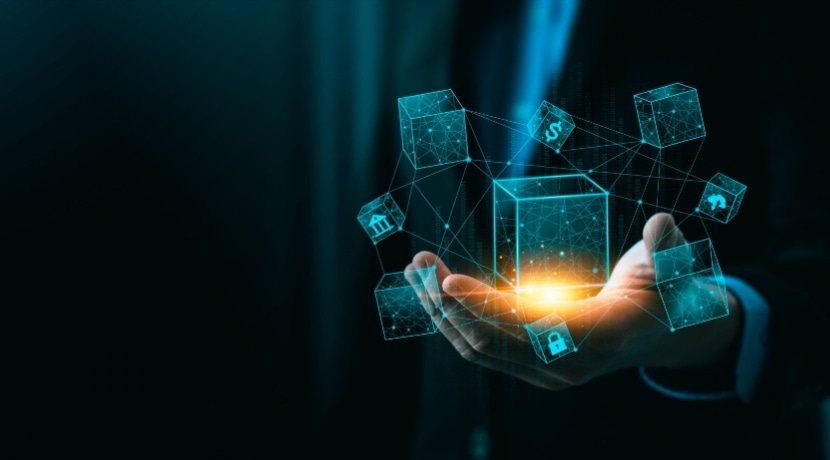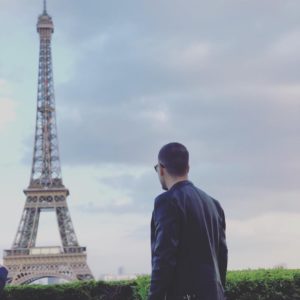Legislation Reform Becomes Easier And Faster
eLearning, including blended learning, is prominent in further education and as a choice for adults in general. What about the rest of the population? Many students in lower and higher education have been thrown into eLearning because of the pandemic. For some, this has been a blessing in disguise, with teachers using new technology and versatile communication skills to facilitate learning otherwise restricted, with time and resources offered to students to self-regulate, expand and evolve their preferred ways of learning. For others, it has been a waste of time, and for many, it has given further leeway to the worst that e-technology can do to young minds and bodies.
In most places in the world, choice in how to learn is severely restricted for the under 18s. This not only restricts the scope of their education and general development but also leaves them unaware of their online and blended work options.
Expanding Choice In Education
Expanding choice in education with the innovative use of new technology for learning, combining digital and actual localities to overcome restrictions in collaboration, and coexistence beyond borders can establish freedom of choice in learning where it does not exist but also reinforce and expand it where it does. Legislation reform action becomes easier and faster.
Also, the option of digital and blended education is a foundation for many other freedoms. For educational reformists around the globe, the main motivation is to ensure health and well-being in the context of learning, returning learning to the community and connecting micro-communities and macro-communities.
Within the pandemic and with the future being substantially influenced by it, these proposals are gaining further importance. Freedom of choice to include eLearning for all ages alleviates many of the health, financial and occupational problems brought to the surface by the pandemic.
Some examples:
- Reduction of congestion in learning environments, diversification of spaces (indoor and outdoor) used for learning
- More options for families and students who cannot afford the expenses of traditional school or do not have access for other reasons, such as not having schools in their area
- Decentralizing and therefore facilitating the creation and operation of learning communities where there are no resources
- Expansion and redistribution of teaching/mentoring professions, including a wider variety of professionals in the teaching/mentoring process such as artists, health specialists, social workers, seniors, etc.
Potentially, global reform is more possible than ever before; non-invasive global reform to facilitate local, culture-specific reform. Substantial and diverse global and local social reform is both a prerequisite for and a result of substantial grassroots educational reform. eLearning and blended learning could be, by design, ideal mediums for overcoming established restrictions of plurality.
Public access to eLearning with infrastructure and support for blended learning in micro-communities can empower the disempowered. Human rights violations and financial warfare concern all of us, not just those of us living in it. It may not be apparent yet, but the loss of rights in choice across borders, even where they are completely taken for granted is foreseeable.
The Role Of eLearning
eLearning could play a vital role in evolving a culture-specific versatile context combining formal and non-formal democratic, agile, and self-directed approaches to learning. It could be instrumental in providing educational services that are used according to the user’s wishes and needs, accessible to all ages and socio-economic situations, and the widespread establishment and legitimation of learning communities.
Globally, proposals for expanding choice in education are based on the innovative use of new technology for learning and the consequent deinstitutionalization of learning; combining digital and actual localities to overcome restrictions in collaboration and coexistence beyond borders.
With eLearning, micro- and macro-communities can be interconnected and learning environments and processes can return to these communities. eLearning and blended learning communities can also play a significant role in overcoming established dividing boundaries between education in the state sector, in the market sector, and in the community sector.
eLearning and blended learning as an option across the state (public), market (private), and community sectors could facilitate immediate international educational reform as a matter of utmost urgency. This option could simplify liaison, cooperation, and establishment of joint authorities between ministries of education and all other deciding and acting bodies internationally, the United Nations Human Rights Council (OHCHR), United Nations Educational, Scientific and Cultural Organization (UNESCO), and other global inter-governmental bodies and non-governmental organizations.
Conclusion
Establishing eLearning and blended learning across borders could be instrumental in making providing education compulsory, moving beyond compulsory education, allowing education to flourish without compulsory school attendance. It could, almost by default, make schools, universities, learning communities, teaching staff and digital educational structures become open source, to be used according to each learner’s choices.









